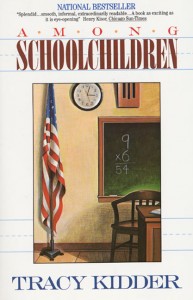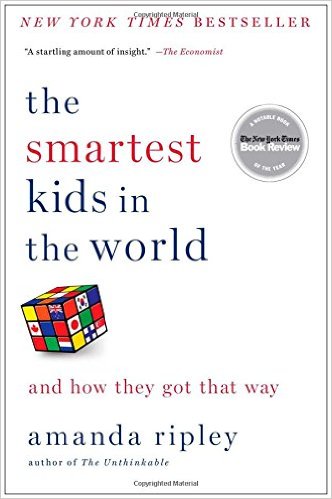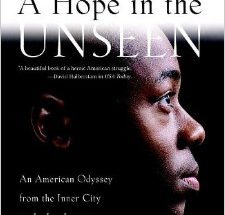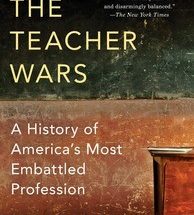 The Kelly School is located in the flats of Massachussetts, an impoverished area of Holyoke. The town is divided along lines of great poverty. Up on the hill, the neighborhoods slowly become more wealthy, culminating in the richest, called the Highlands. Families in the flats tend to be immigrants from Puerto Rico, as are 50 percent of the students at the Kelly School, many of them bilingual.
The Kelly School is located in the flats of Massachussetts, an impoverished area of Holyoke. The town is divided along lines of great poverty. Up on the hill, the neighborhoods slowly become more wealthy, culminating in the richest, called the Highlands. Families in the flats tend to be immigrants from Puerto Rico, as are 50 percent of the students at the Kelly School, many of them bilingual.
Author Tracy Kidder spends one school year in Chris Zajac’s fifth grade class at the Kelly School for his book, Among Schoolchildren. Kidder’s narration moves readers through the thoughts, feelings and impressions of Zajac as she tries to understand the children in her class. His writing follows her so closely, that while we know that Kidder is observing and interviewing, the reader is immersed in the world of the teacher, learning her deepest fears and the nightmares.
As we meet her students, we begin to see how at age 10, their lives and futures are already drastically dictated by their short pasts. Many children are behind grade level, have unstable home environments, and as a result struggle with their schoolwork and act out in class.
One of the most driving relationships for first half of the book is that between Zajac and one of her students, Clarence. From the beginning, Clarence has a reputation as an especially disruptive troublemaker, yet he is charming and sweet. We watch Zajac work to alter his violent behavior. At 10, he already has a chip on his shoulder and feels defeated by the world. His place in the classroom impacts the learning environment, and ultimately, painfully, he is moved to another classroom for especially troubled students, called Alphas.
In the context of the current teacher evaluation debate, the story of Mrs. Zajac’s class was particularly relevant. Each day we see how much teaching is a balance of personality and situation: Both teacher and student come in with a huge amount on their plate, from exhaustion to depression. Even under the best circumstance, teaching is expressed as an enormous push and pull between discipline and rebellion of student behavior.
Teaching material is as much about presenting material as it is about teaching students how to receive it. While it is clear Mrs. Zajac is a passionate and dedicated teacher, because of the economic shortcomings that so many students begin with, leaving them behind grade level, over 60 percent of the students at Kelly School fail the standardized tests. If these tests were then to determine Mrs. Zajac’s capacity for teaching, she would fail. However through Kidder’s observation the reader can see all the ways Mrs. Zajac’s teaching impacts her students’ lives, how she constantly agonizes over how to individually improve each student, and challenge those who are succeeding. We see students who are thriving from both from the projects and from the wealthy highlands, as well as a student with aptitudes, who is so psychologically imbalanced from his home environment, that he refuses to work and physically harms himself.
Kidder reveals a painful truth, that at age 10, and even earlier, it is hard to change the fate of many of these students. While they are still children one would like to believe that anything is possible, but even with the most determined teacher, children are born with enormous obstacles to overcome, and through Mrs. Zajac’s classroom, we learn that not every child will.



